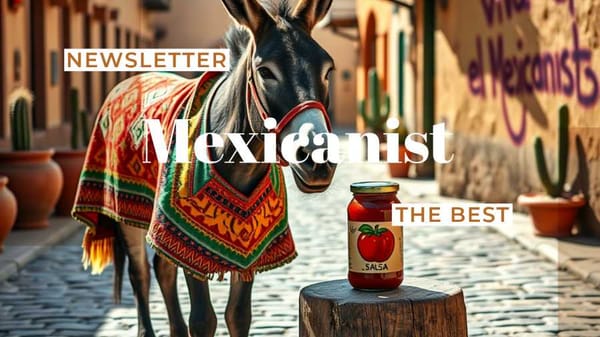The goat in Mexico: Whoever breeds goats, will have milk all day long!
There is no doubt that of all the domestic animal species that are raised in Mexico, the goat is the one that should have a compelling role in its development.

There is no doubt that of all the domestic animal species that are raised in Mexico, the goat is the one that should have a compelling role in its development.


Sleep quality is crucial for mental health. Poor sleep raises risks of depression and other diseases. Most adults need 7-8 hours nightly, though individual needs vary. Maintaining good "sleep hygiene" is key. Myths about sleep duration are debunked.

The White House confirmed that 25% tariffs on Mexico and Canada, along with 10% on China, will begin February 1. Mexican President Claudia Sheinbaum responded, emphasizing preparedness and ongoing dialogue.

Peso Pluma, the trailblazing Mexican artist, will receive the BMI Champion Award at the 2025 BMI Latin Awards for his global impact on Música Mexicana. Tito Double P, instrumental to Peso Pluma's success and a rising star himself, will receive the BMI Impact Award.

From Lunar New Year celebrations in Cancun to innovative scientific breakthroughs with organs-on-chips technology. Discover travel tips, retirement advice, cultural insights, and culinary adventures, including a bold Oaxacan Negroni twist.